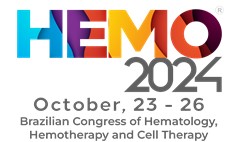
It took 20-years from the first description of CML in 1845 to the report by Lissauer in 1865, of an effective treatment with arsenic. After another 38-years the beneficial effect of splenic irradiation was described in 1903, and after 50 more years the palliative efficacy of the alkylating agent busulfan (Galton, 1953). Several other agents were found effective (dibromomannitol, hydroxyurea), and in 1979 first reports on the efficacy of bone marrow transplantation were published. After more than 100-years of trial and error, the observation in 1960 of the Philadelphia (Ph)-chromosome, a translocation between chromosomes 9 and 22, marked the first step to understanding the pathophysiology of CML and to a rational and causative treatment approach. The breakpoint on chromosome 9 occurred in the gene encoding the ABL-oncogene. Most of ABL was translocated to chromosome 22 next to a region called Breakpoint Cluster Region (BCR). The detection of a BCR:ABL fusion RNA in CML (R. Gale contributed), prompted transfection experiments to mice which developed CML-like phenotypes (Daley et al, Heisterkamp and Groffen, 1990). Since the ABL-oncoprotein is a tyrosine kinase deregulated by juxtaposition next to BCR, the search for an inhibitor of BCR-ABL was the logical next step. The choice of imatinib as the first BCR-ABL-TKI was fortuitous and led to a profound change of CML treatment. Other TKI followed, but none-prolonged survival of CML compared to imatinib. Still, progression to blast crisis occurred in 6%‒7% of imatinib-treated cases, but CML-specific survival increased to more than 90% and survival of CML-patients diagnosed and treated in the chronic phase of CML approached that of the general population.






